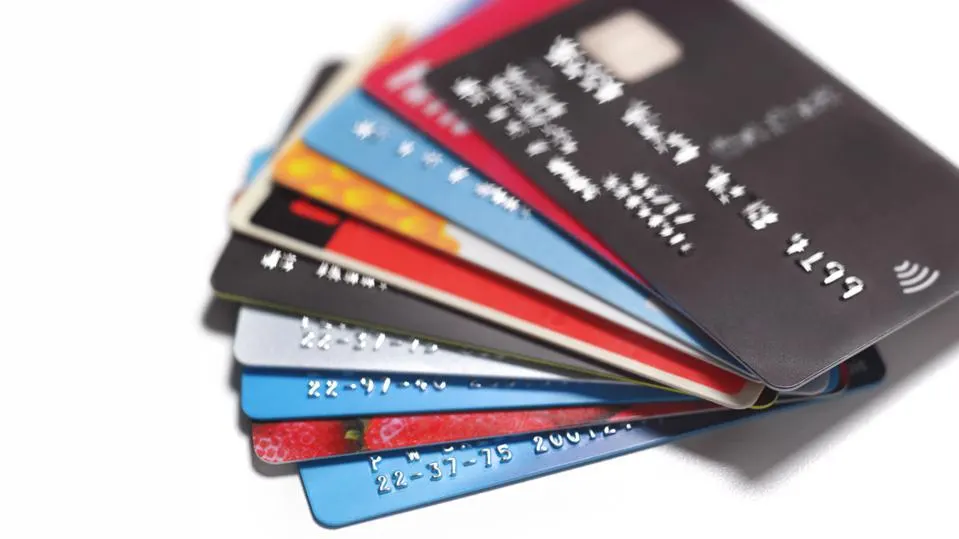Have you ever thought about the pros and cons of the diverse world of credit cards? Let’s talk about this!
In today’s financial landscape, credit cards have become ubiquitous tools for managing expenses, building credit, and even earning rewards. However, the credit card market is diverse, with various types designed to cater to different needs and lifestyles. Understanding the advantages and drawbacks of each type is crucial for making informed decisions about which cards to use.

Pros and Cons – Rewards Credit Cards: The Double-Edged Sword of Perks
Benefits That Can Add Up – Pros and Cons
Rewards credit cards offer enticing benefits, allowing cardholders to earn points, miles, or cash back on their purchases. For savvy users, these rewards can translate into significant savings or even free travel. Many of these cards also come with additional perks such as travel insurance or purchase protection, enhancing their value proposition.
The Price of Rewards – Pros and Cons
However, these benefits often come at a cost. Rewards cards typically carry higher interest rates compared to other credit cards. They may also have annual fees, which can eat into the value of the rewards earned. Perhaps most insidiously, the allure of earning rewards can sometimes encourage overspending, leading to financial strain.
Pros and Cons – Low Interest Credit Cards: A Beacon for Balance Carriers
The Appeal of Lower APRs: For those who occasionally carry a balance or need to make large purchases, low interest credit cards can be a godsend. With lower APRs than standard credit cards, they can significantly reduce the cost of borrowing. Many also offer introductory 0% APR periods, providing a window for interest-free borrowing.
The Trade-Off: The downside? These cards often skimp on rewards and perks. While the lower interest rates can save money, they may still be high compared to other forms of credit. There’s also a risk that the lower rates might lead to complacency about paying off balances, potentially resulting in long-term debt.
Balance Transfer Cards: Debt Consolidation Heroes
A Path to Debt Freedom: Balance transfer credit cards can be powerful tools for consolidating debt. They often offer 0% APR on transferred balances for a promotional period, allowing borrowers to make significant headway on their debt without accruing additional interest.
Hidden Costs and Risks: However, these cards aren’t without drawbacks. Most charge a balance transfer fee, typically a percentage of the amount transferred. The low APR is also temporary; once the promotional period ends, rates can skyrocket. Additionally, new purchases may not be covered by the promotional rate, potentially complicating debt payoff efforts.
Secured Credit Cards: Building Credit from the Ground Up
A Second Chance: Secured credit cards serve as a lifeline for those with poor or no credit history. They’re easier to obtain and can be instrumental in building or rebuilding credit. Some even offer modest rewards or cash back programs.
The Price of Entry: The main drawback is the requirement for a security deposit, which can be a barrier for some. These cards also tend to have lower credit limits and may carry higher fees than traditional credit cards.
Conclusion: Choosing Wisely
Each type of credit card comes with its own set of advantages and disadvantages. The key to maximizing benefits while minimizing drawbacks lies in understanding your financial situation, spending habits, and goals.
By carefully considering the pros and cons of each card type, you can select the options that best align with your needs, paving the way for a healthier financial future.
Remember, regardless of the type of card you choose, responsible use is paramount. Pay your balance in full each month when possible, stay within your credit limit, and regularly review your credit report.
With the right approach, credit cards can be valuable tools in your financial toolkit, helping you achieve your financial objectives while building a solid credit history.



